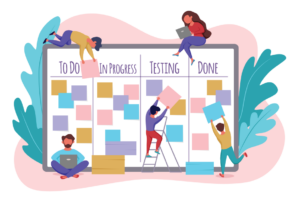
Unleash the Power of Feature Flagging in Product Management
Explore the strategic role of feature flags in modern product management, enabling agile development and iterative releases. Discover how feature flags empower product teams to control feature rollouts, gather user feedback, and deliver value-driven products.








